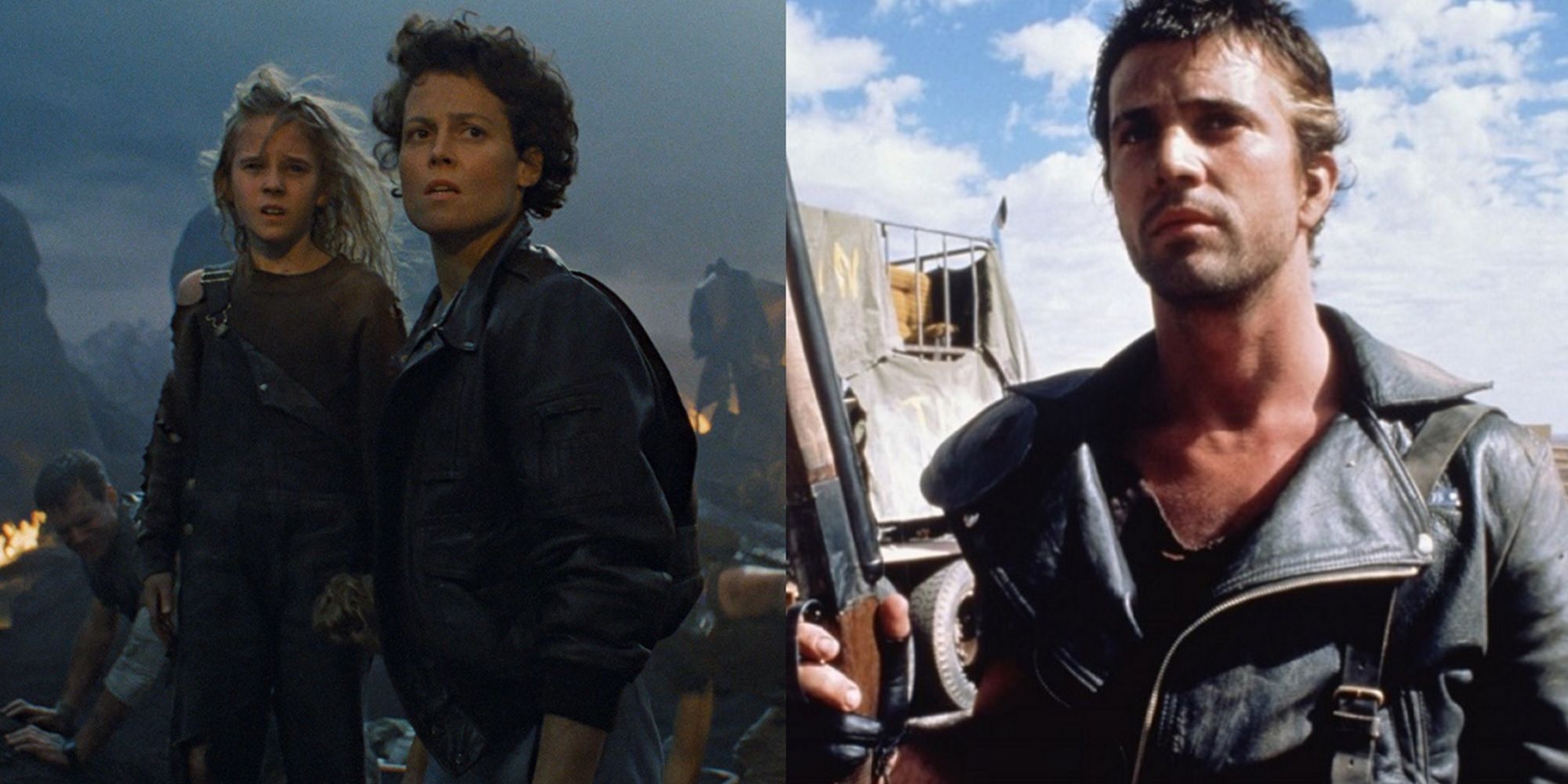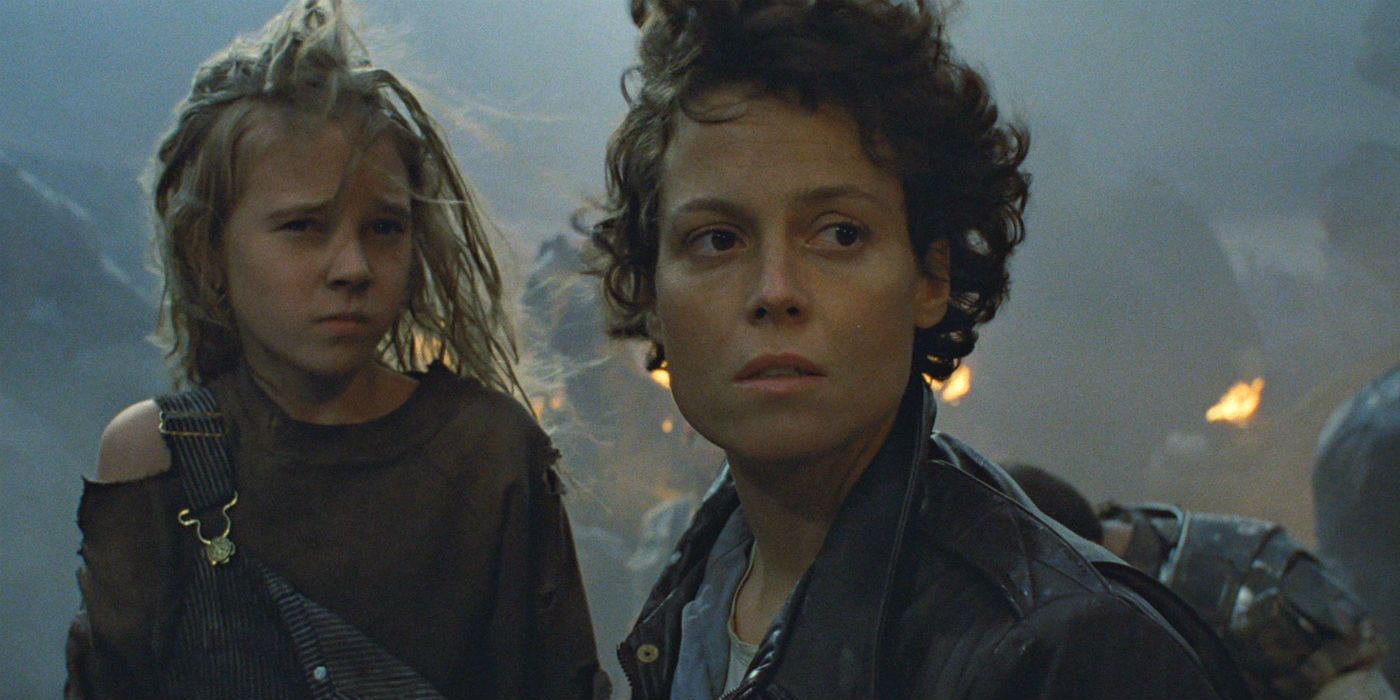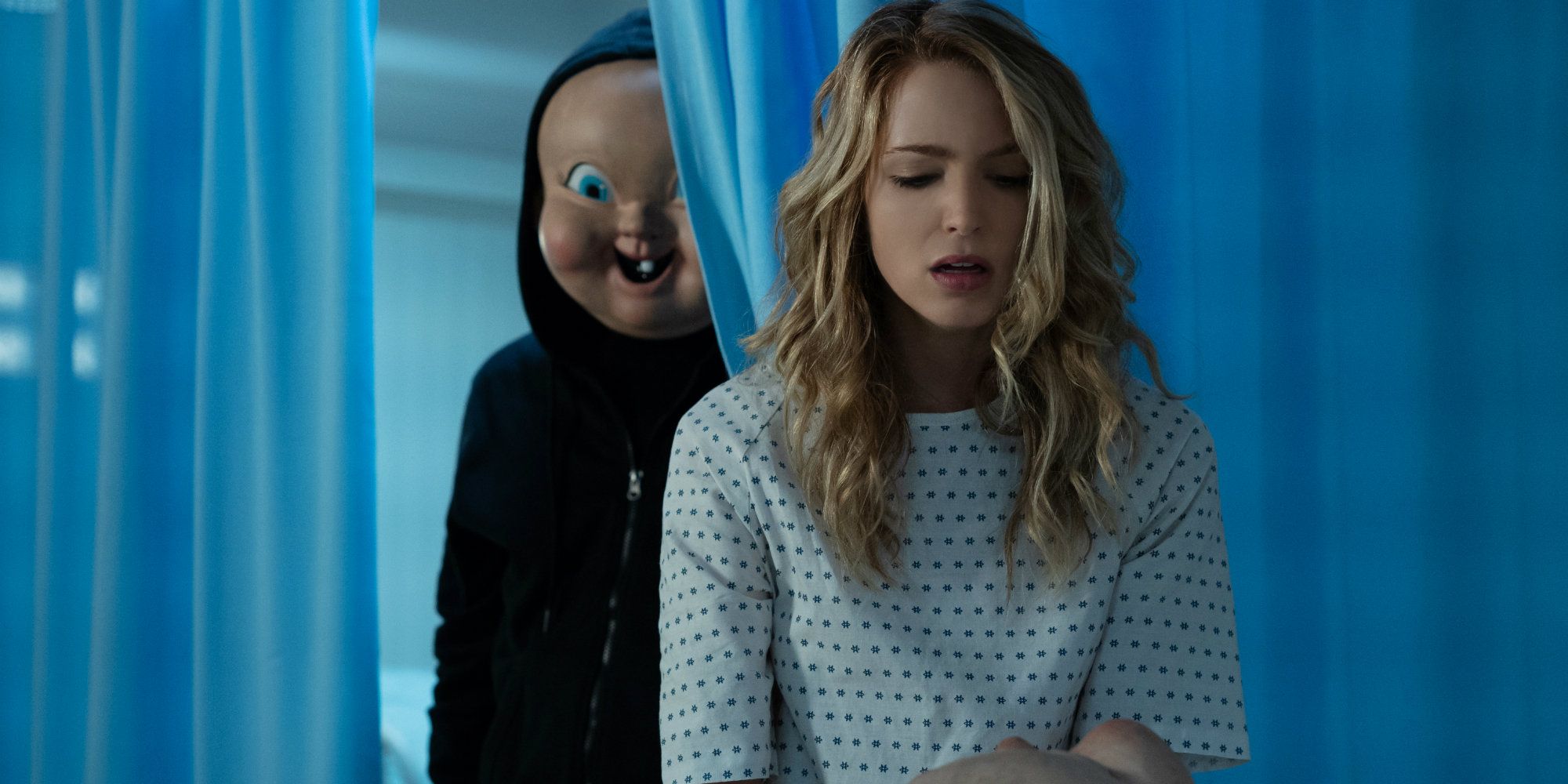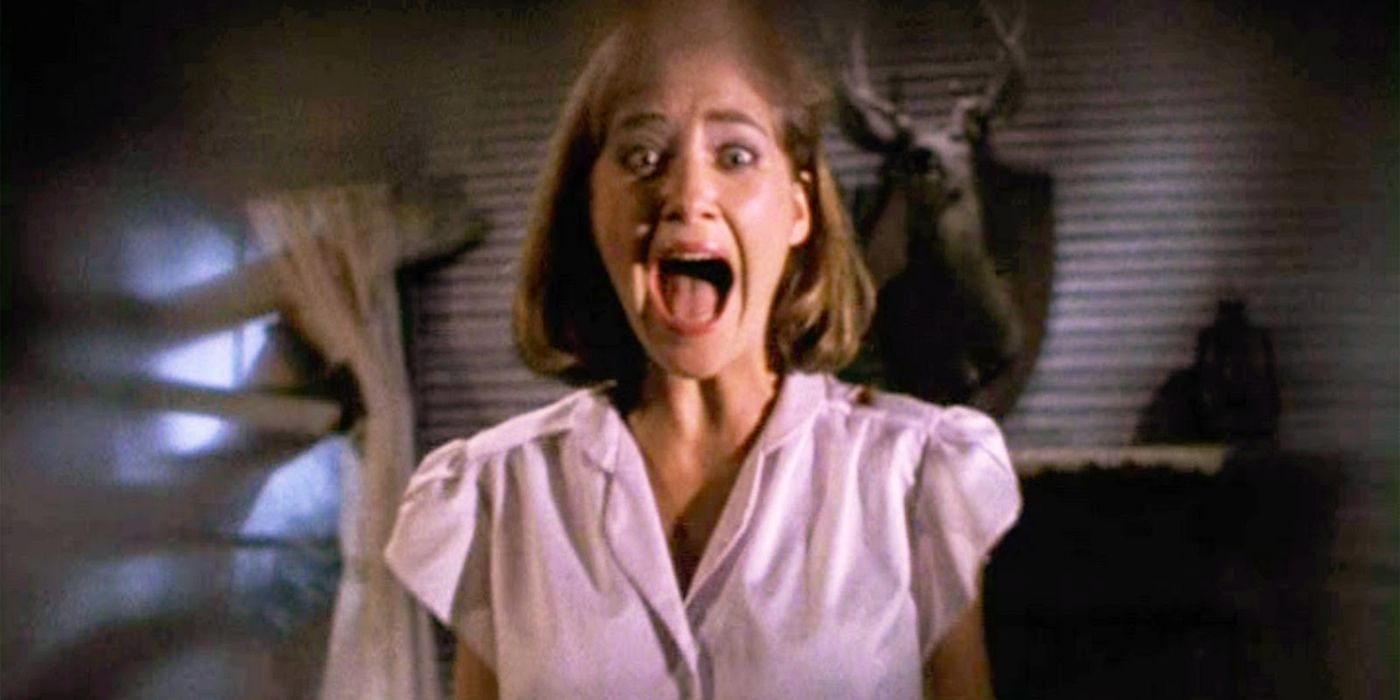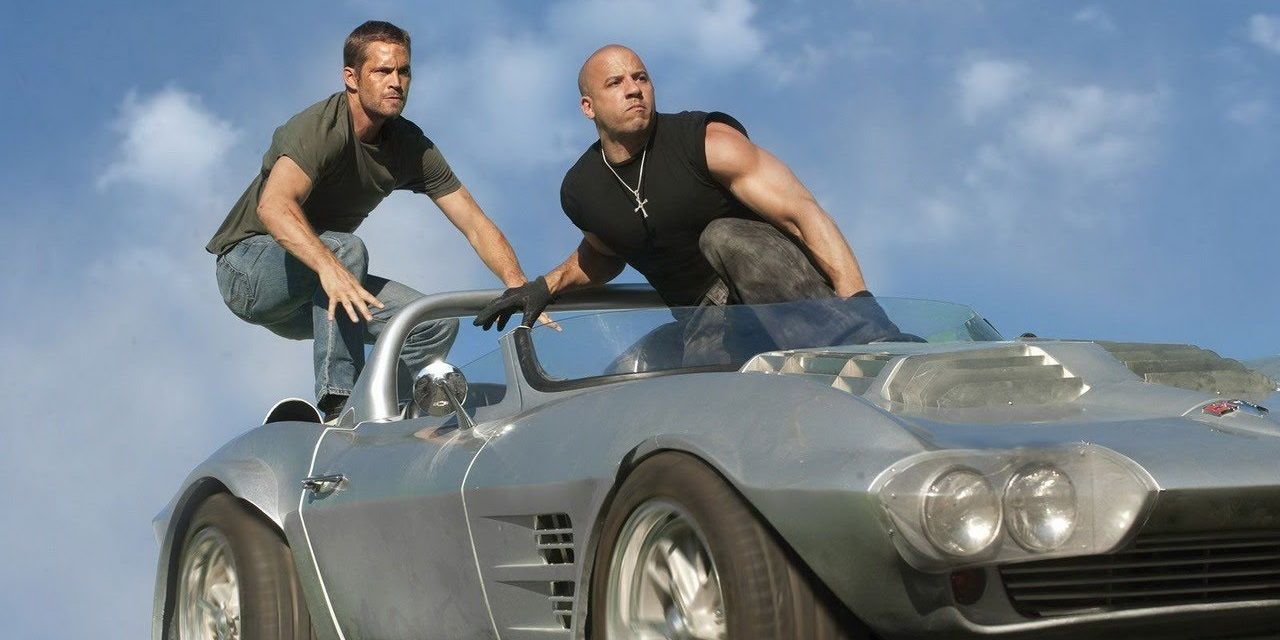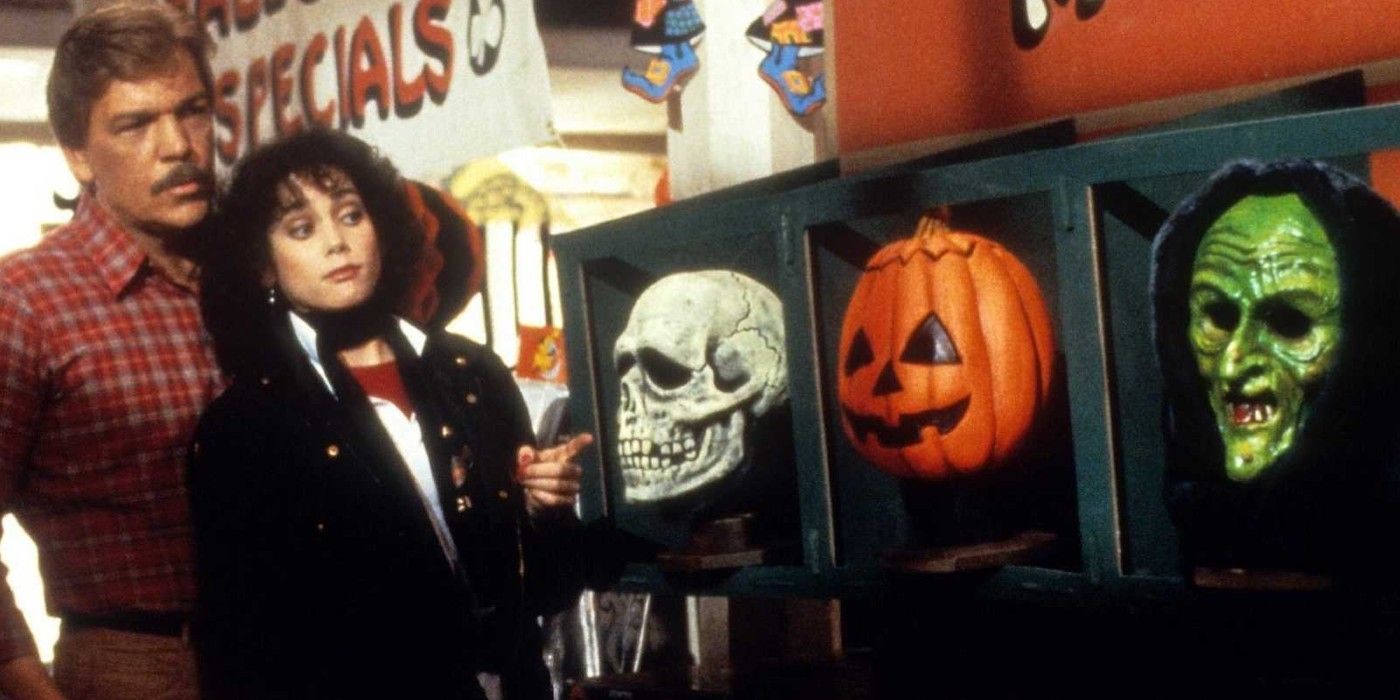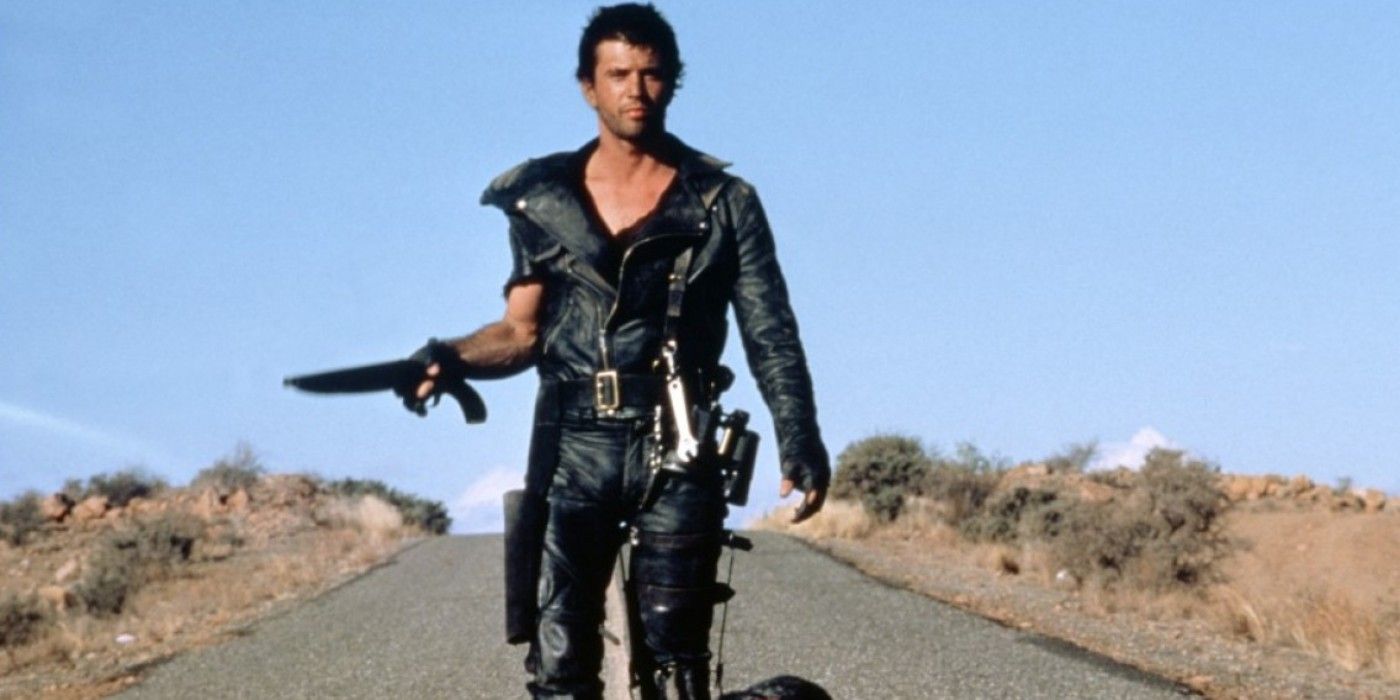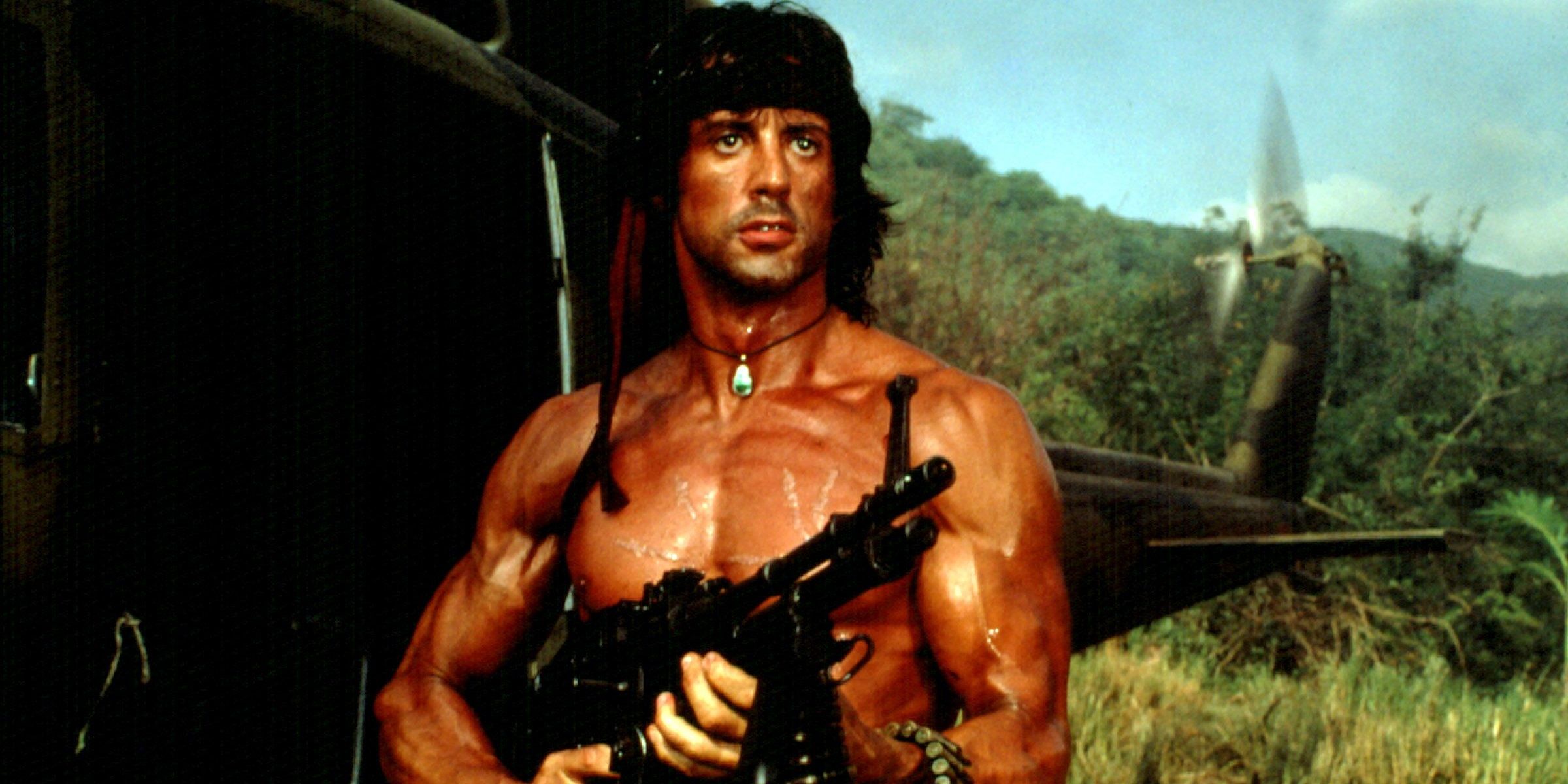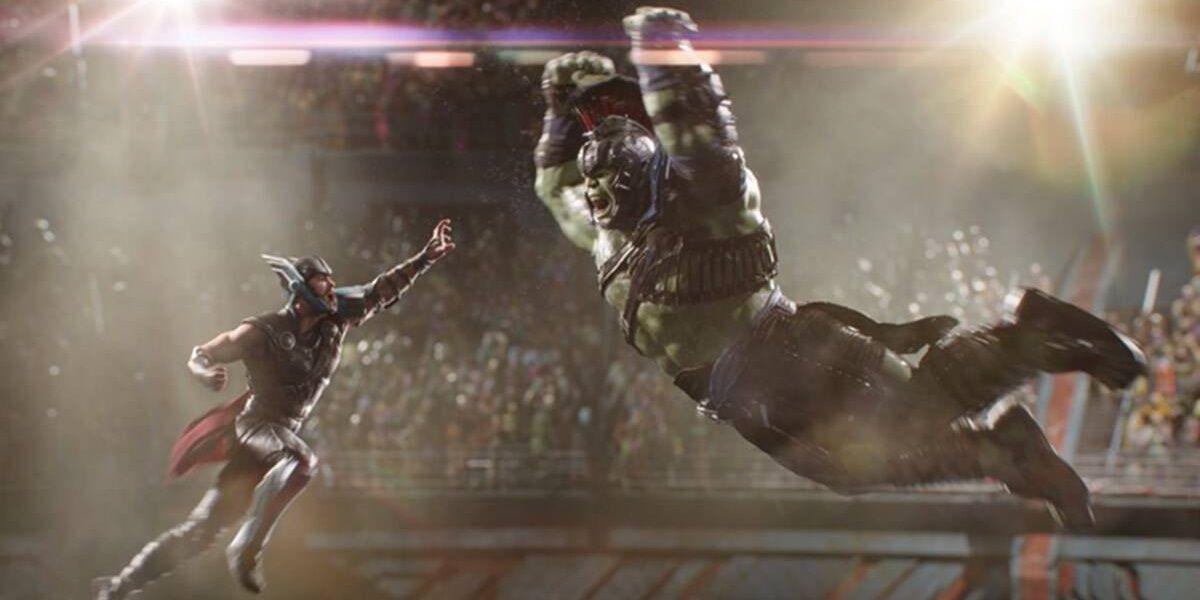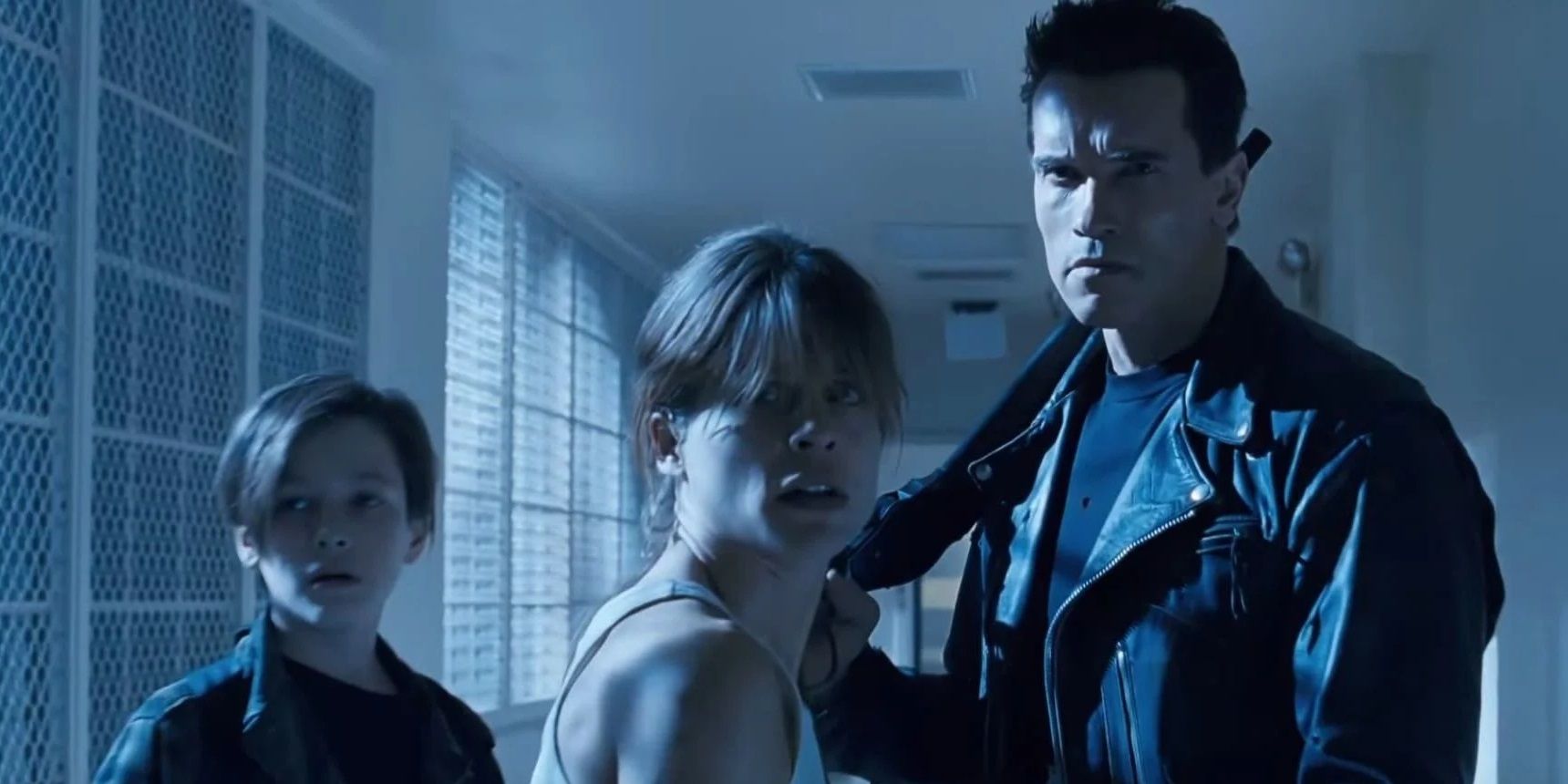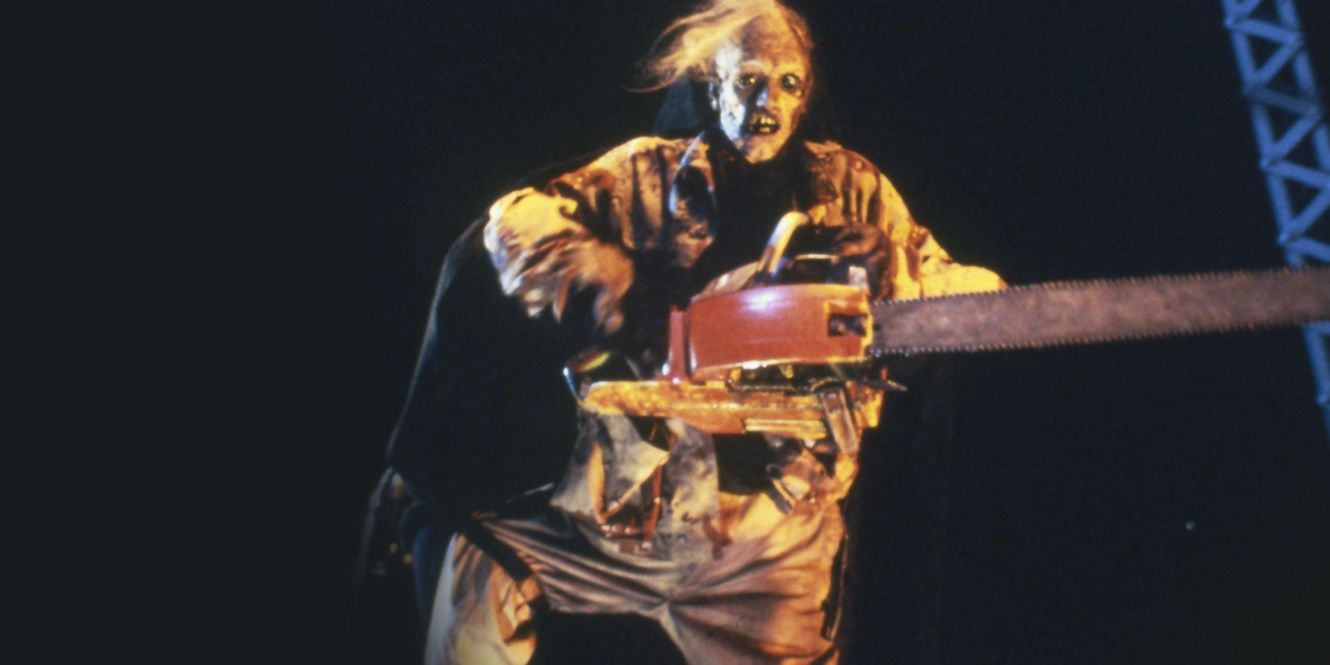Making a sequel is tough because the filmmakers need to recapture what made the original great without simply rehashing it. One way to avoid repetition and preserve the legacy of the original is to switch genres between movies.
When James Cameron was tapped to write a sequel to Ridley Scott’s Alien, he knew he couldn’t make a horror movie that would match one of the genre’s greatest entries, so he swapped out one xenomorph for dozens of them, surrounded Ripley with a bunch of gun-toting futuristic Marines, and made Aliens as an action thriller (with plenty of nail-biting suspense and effective jump scares along the way).
Aliens (1986)
Ridley Scott’s Alien was essentially a haunted house movie in space, with a towering extraterrestrial picking off ill-prepared astronauts one by one, before being taken down by the fiercest member of the crew, Ellen Ripley.
In Aliens, James Cameron kept Ripley’s heroic characterization intact as she reluctantly agrees to go on a mission to investigate an off-world colony that was attacked by a swarm of xenomorphs. The movie leans into Ripley’s maternal instincts as she loses her own daughter and finds a new one in orphaned survivor Newt. By multiplying the otherworldly threat dozens of times over, Cameron dialed up the action and significantly raised the stakes.
Happy Death Day 2U (2019)
Christopher Landon’s Happy Death Day uses its time-loop premise to reimagine Groundhog Day as a slasher. Its 2019 sequel Happy Death Day 2U is more like Back to the Future Part II crossed with a slasher, leaning more into the sci-fi lore of the time loop.
The Happy Death Day movies are a great couple of entries in the Blumhouse canon, providing plenty of dependable jump scares and genre subversions.
Evil Dead II (1987)
Sam Raimi’s low-budget directorial debut The Evil Dead made a huge splash on the midnight movie circuit on its original release and it remains a horror classic to this day. It created the now-overused “cabin in the woods” trope and proved that cheap effects can still be scary.
The 1987 sequel, produced at Evil Dead fan Stephen King’s insistence, is less of a straight follow-up and more of a slapstick-laden comedic remake of the original, like Akira Kurosawa’s lighthearted Sanjuro following on from the dark antihero tale of Yojimbo.
Fast Five (2011)
When Vin Diesel returned to The Fast and the Furious franchise in its fourth entry, simply titled Fast & Furious, it resulted in some of the worst reviews the series had received to date. 2011’s Fast Five is the movie that turned it around and made each subsequent entry in The Fast Saga a must-see action extravaganza.
All the previous Fast & Furious movies had been about illegal street racing and, while Fast Five was specifically a heist movie, it more broadly redefined the franchise as a straight action series with no shortage of high-octane set pieces.
Halloween III: Season Of The Witch (1982)
Franchise creators John Carpenter and Debra Hill came back as producers for the third Halloween movie, as they hoped to turn the series into an anthology format centered around Halloween night. Halloween III: Season of the Witch hammered this home by treating the previous two Halloween movies as in-universe fictional films.
The third film isn’t a slasher and doesn’t even feature Michael Myers. It has an unrelated science fiction story with elements of witchcraft. After the threequel’s box office failure, the Halloween franchise doubled down on the appeal of Michael and the familiar slasher template.
Mad Max 2: The Road Warrior (1981)
The first Mad Max movie, produced on a shoestring budget by the visionary George Miller, is a more or less realistic police thriller set in a bleak but grounded vision of the future.
The second one, Mad Max 2: The Road Warrior, is an action-packed post-apocalyptic spaghetti western. It’s frequently ranked among the greatest action movies ever made, thanks to its visceral car chases with breathtaking practical stunt work.
Rambo: First Blood Part II (1985)
The first movie to star Sylvester Stallone as John J. Rambo, First Blood, is a sobering portrait of PTSD and the treatment of Vietnam War veterans. The second one rode the wave of Reagan-era nationalism to take a complete political 180 and rewrite the Vietnam War.
Co-written by Stallone and (of all people) James Cameron, First Blood Part II is an action spectacle that glorifies warfare, although Rambo’s final speech to the corrupt Major Murdock is ultimately pro-troops and anti-military.
Thor: Ragnarok (2017)
Taika Waititi left behind the medieval fantasy tone of the previous two Thor movies (arguably the MCU’s weakest, least inspired entries), dialed up the humor and brightened the colors with 2017’s Thor: Ragnarok. Waititi’s surreal comedic vision revitalized the franchise and renewed Chris Hemsworth’s waning interest in the role.
The Jojo Rabbit director took cues from the pulpy visuals of Flash Gordon and the self-effacing genre subversions of Big Trouble in Little China in crafting the unabashed fun of Ragnarok.
Terminator 2: Judgment Day (1991)
While the first Terminator movie was a small-scale tech-noir with horror elements, Terminator 2: Judgment Day is an all-out action extravaganza. The first film was a decidedly low-budget endeavor; the second one set a new record for the most expensive movie ever made.
But despite the increased spectacle in T2, the themes of the story remain intact. The 1991 sequel reinforces the idea that the future isn’t written and technology is dangerous.
The Texas Chainsaw Massacre 2 (1986)
Tobe Hooper made a breakneck tonal U-turn with his sequel to The Texas Chain Saw Massacre. The 1974 original is one of the greatest horror movies ever made, a strong contender for the all-time greatest entry in the genre. For some reason, Hooper decided to veer into wacky comedy territory for the sequel, which released over a decade later. The poster is a parody of The Breakfast Club poster.
After this out-of-left-field outing, the Texas Chainsaw franchise just stuck to horror and focused on Leatherface killing people in Texas with a chainsaw.

